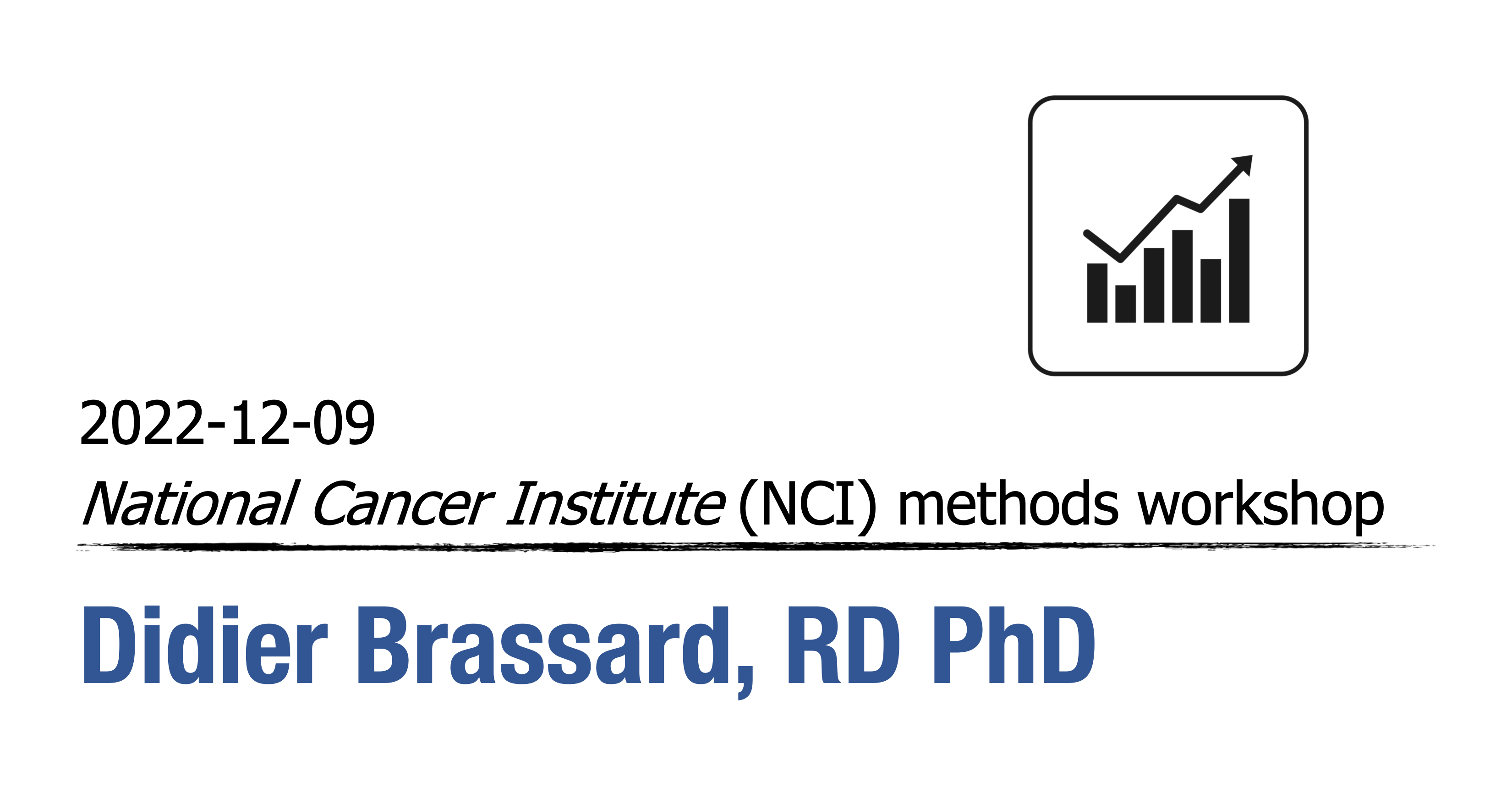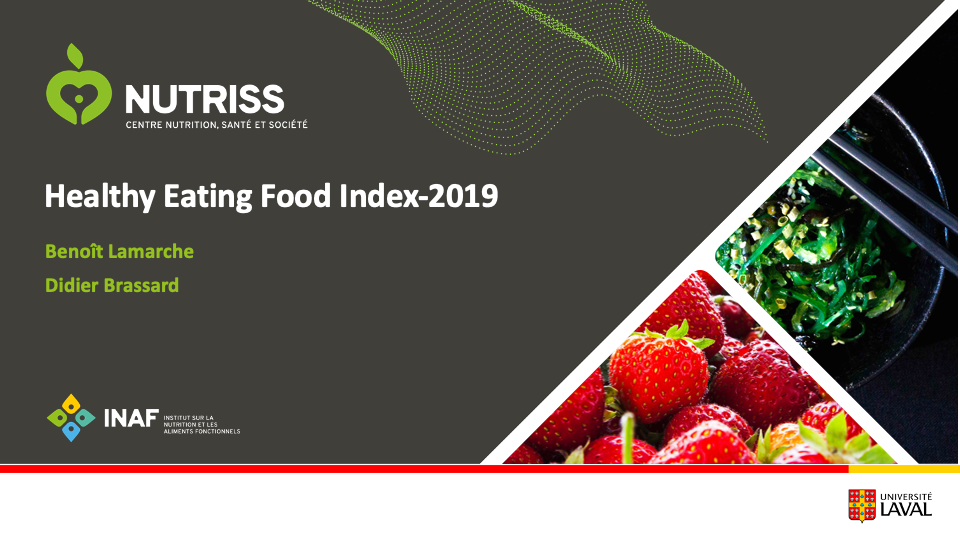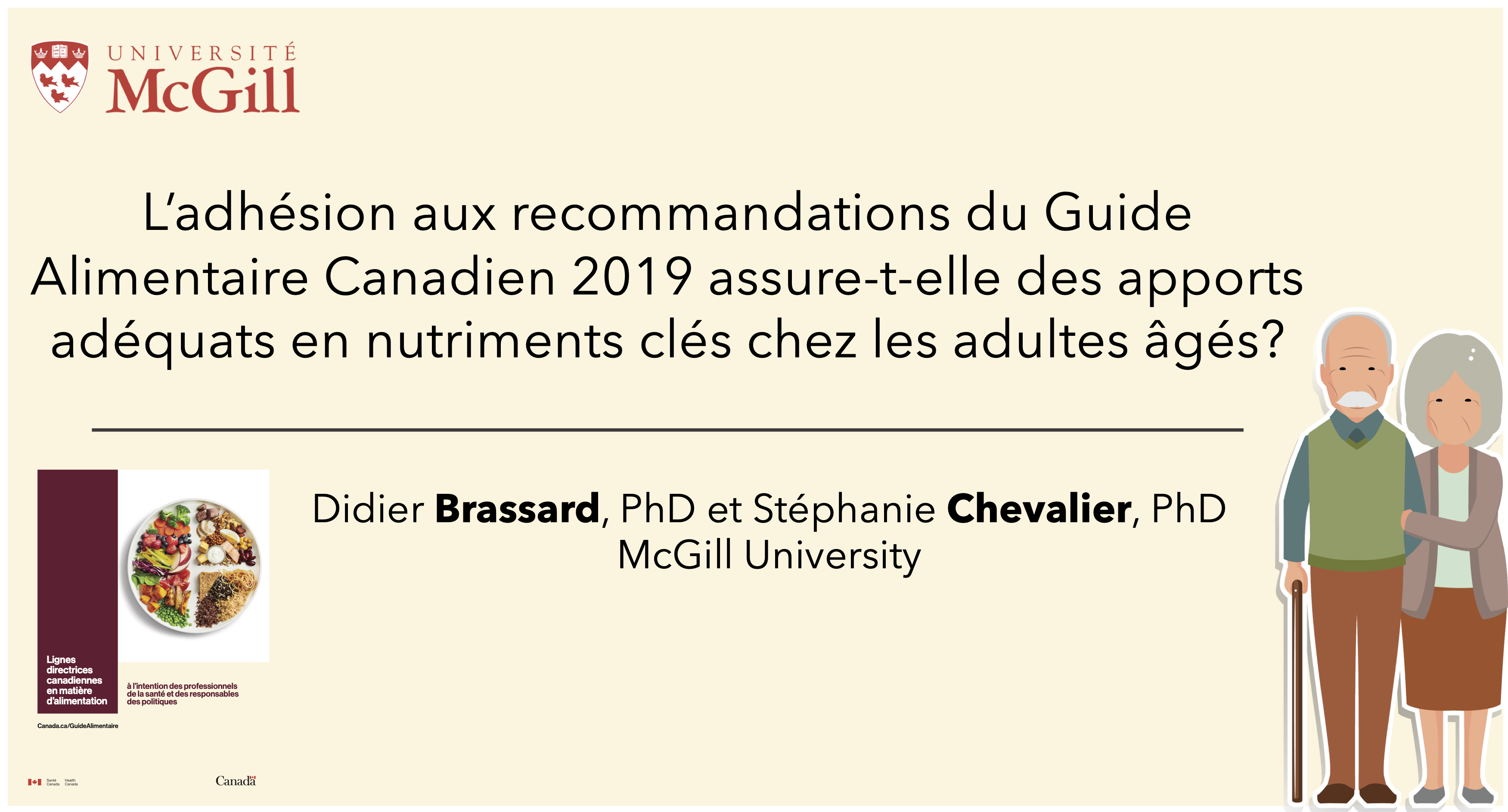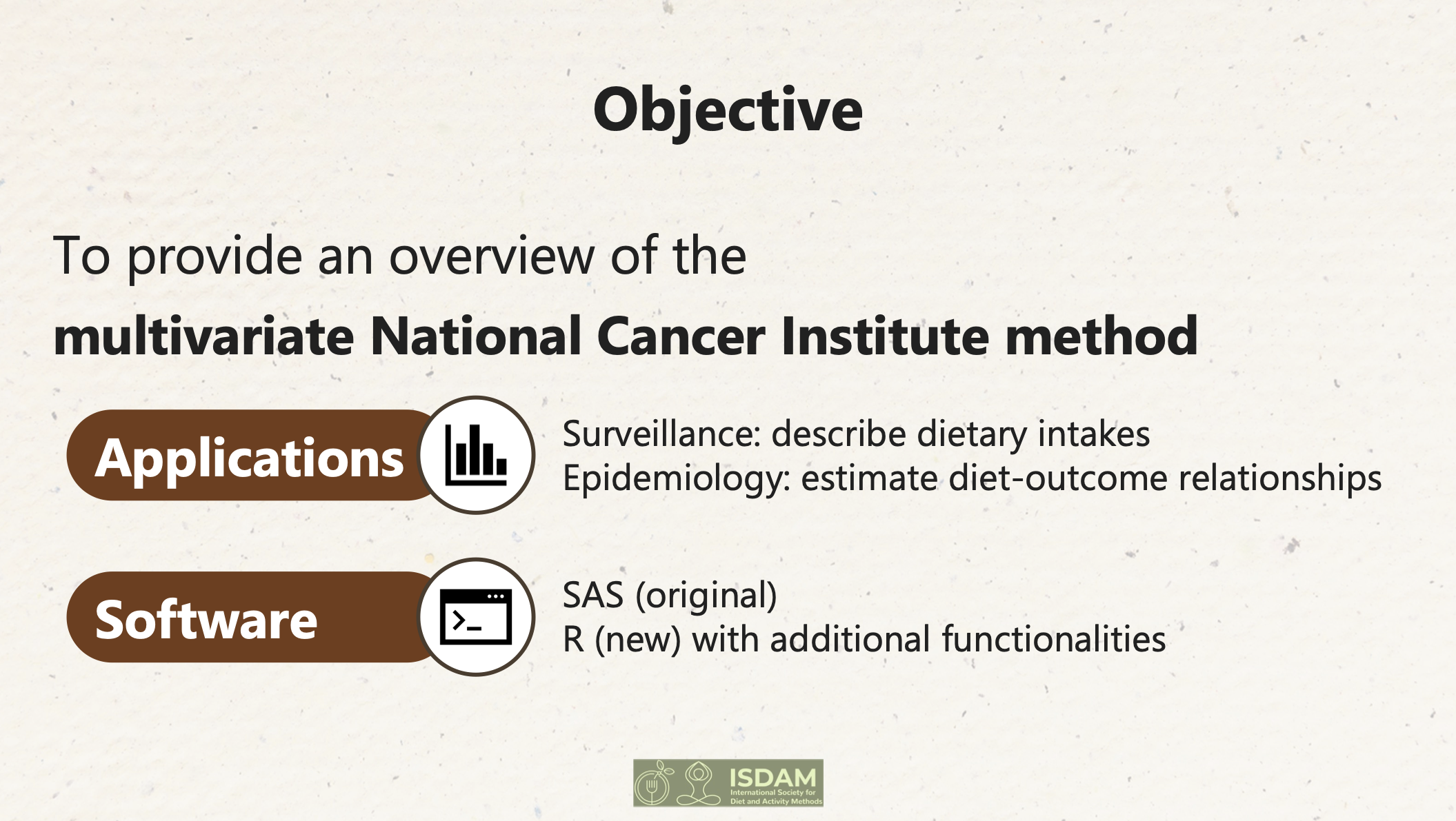Sitemap
A list of all the posts and pages found on the site. For you robots out there, there is an XML version available for digesting as well.
Pages
About me
About me
Posts
Code for Lazy People: function to align equal signs
Published:
In this Code for Lazy People blog series, I share coding tools that make my daily work more efficient — because, honestly, I prefer to work smarter, not harder. Like many researchers, I often deal with repetitive tasks, and instead of doing them manually, I use code to automate them. Over time, I have built a collection of such tools that help me save time and effort. That’s one of the things I love about coding: once you create a solution, you can recycle it for future projects instead of reinventing the wheel every time.
To describe, to predict or to explain?
Published:
As researchers, it is easy to get lost in the specifics of our research question and lose sight of the big picture. I found that stepping back to consider the overarching aim of a study can greatly clarify decisions around study design, analysis and interpretation. At the core, most research falls into one of three broad categories: description, prediction, or explanation (i.e., causal inference). Yet, distinguishing among these objectives is not always straightforward. It took me way longer than I would like to admit to understand the differences between these overarching research objectives. This post aims to provide a summary table that highlights their key characteristics and differences. I hope it helps you develop a practical understanding of each.
Code for Lazy People: function to generate headings
Published:
In this Code for Lazy People blog series, I share coding tools that make my daily work more efficient — because, honestly, I prefer to work smarter, not harder. Like many researchers, I often deal with repetitive tasks, and instead of doing them manually, I use code to automate them. Over time, I have built a collection of such tools that help me save time and effort. That’s one of the things I love about coding: once you create a solution, you can recycle it for future projects instead of reinventing the wheel every time.
The most boring yet essential skill (part 2): reshaping data
Published:
A common data manipulation task involves transposing data from a long (portrait) to wide (landscape) format, and vice versa. This manipulation is sometimes necessary to accommodate statistical procedure, but also to aggregate and combine variables in a data. In nutrition, a typical example is combining repeated dietary intake data. For example, study participant may have completed 2 or 3 24-hour dietary recalls each and we may wish to calculate average intakes among repeated assessments. While this manipulation can be done manually in Excel, having reproducible code is advantageous for many reasons. The purpose of this blog is to introduce these common data format and demonstrate how we can go from one format to another using R, as well as nutrition data example.
The most boring yet essential skill: organizing files and codes
Published:
The ability to reproduce an analysis is essential for any research project or study based on quantitative data. Reproducibility depends on the data (e.g., availability of raw data), software (e.g., statistical software and/or packages used) as well as hardware and operating system. A basic form of reproducibility is when you can repeat your own analysis and obtain the same results you had before. A key part of this process is being able to understand and track each step of your analysis. The purpose of this blog is to introduce simple tips and tricks that support reproducible science. More advanced practices are introduced at last.
Nutrition data visualization: proportions and ratios
Published:
In this nutrition data visualization series, I aim to show how to visualize common statistics in health and nutrition. Or, at least, how I think it is best to visualize these data.
In this article, I focus on the case where we are interested in proportions. Often, we want to compare two proportions. In a survey, proportions (named prevalence) are compared using prevalence ratio; in a cohort study, proportions (named risks) are compared using risk ratios. Other examples of summary statistics for proportions include odds ratio (e.g., case-control study), hazard ratios (e.g., survival analysis), etc.
‘Statistical method you should know’: percentage difference
Published:
For descriptive purpose, we may want to plot and compare many differences for variables with varying units. Nutrient intakes are a common example where we may have data measured in calories (e.g., energy), grams (e.g., saturated fats) or servings (e.g., sugar-sweetened beverages). However, the extent of the difference - the effect size - cannot be easily compared when units and scales vary. Percentage difference and log-transformation of data may be helpful to facilitate result presentation.
‘Statistical method you should know’: regression calibration
Published:
Random measurement errors associated with short-term dietary assessment instruments (e.g., 24-hour dietary recalls and food records) may cause unexpected bias depending on study objective and target statistic. Fortunately, there are well established methods to mitigate the impact of random errors. One of these methods is called regression calibration. In this blog, I introduce the method and show how it can be applied to a simple nutrition analysis.
‘Statistical method you should know’: restricted cubic spline
Published:
In this article, I describe and provide a brief introduction for a statistical method that I find very useful: restricted cubic splines. During my PhD, I diligently learned regression models assumption for my biostatistics class. One of these assumptions in the case of linear regression models is that the independent variable \(X\) should be linearly related to the dependent variable, \(Y\). After all, it makes sense that linear regression models estimate linear relationships. I nearly fell off my chair when I learned that the linearity assumption is not even required! We can relax this assumption by using simple statistical transformations. One of those transformation is the restricted cubic spline.
Analyzing the Canadian Community Health Survey (CCHS) 2015 data with R: mean diet quality score
Published:
In a previous post, I showed how to account for the Canadian Community Health Survey (CCHS) complex survey design for a simple analysis in R. However, some nutrition analyses require multiple steps that are not “built-in” in a statistical software. For example, the recommended approach to estimate a (mean) diet quality score based on 24-hour dietary recall data, the main dietary assessment instrument in surveys, is the population ratio method (Freedman et al. 2008).
Impact of random errors: two nutrition examples
Published:
In my previous blog, I explained the difference between systematic and random errors. While it is obvious that a systematic error (difference) between the “true” value and its measurement can be a problem, the impact of random errors is often more subtle. However, in many cases, random errors can be as problematic as systematic errors if they are ignored. In this post, I aim to provide a simple demonstration of how random errors may cause problems for two common analyses in nutrition.
‘Statistical concept you should know’: random and systematic measurement errors
Published:
In medicine, epidemiology or nutrition, we measure data on features about the world we are interested in. It is often the case that we cannot obtain a perfect measure. For example, we cannot observe many people’s diet everyday over many months to determine usual dietary intakes. Instead, we use dietary assessment instruments to collect imperfect information about diet.
Analyzing the Canadian Community Health Survey (CCHS) 2015 data with R: linear regression example
Published:
A key component of survey analysis, including the CCHS 2015 - Nutrition (Health Canada 2017) is accounting for the survey design. Indeed, the design must be properly specified to obtain proper standard errors and variance estimates. Plus, using the sampling weights generates estimates representative of the target population. SAS is often the go-to statistical package for complex sampling survey analysis. In my experience, introductory workshops on survey analysis teach how to use SAS’ PROC SURVEYMEANS, PROC SURVEYREG, etc. However, examples in R are often not provided. Recently, I have been using R a lot more, but I struggled to find good example for the CCHS 2015 - Nutrition.
‘Statistical method you should know’: the bootstrap
Published:
In this article, I describe a statistical method that I use very often: the bootstrap. Yet, I believe the method is rarely thought outside epidemiology or biostatistics graduate studies curriculum. This is unfortunate because the bootstrap is (relatively) simple and extremely useful.
Nutrition data visualization: distribution
Published:
In this nutrition data visualization series, I aim to show how to visualize common statistics in health and nutrition. Or, at least, how I think it is best to visualize these data.
In this article, I focus on the case where we are interested in the distribution of intakes. You can skip the next section to see visualization code only.
Nutrition data visualization: means and differences
Published:
In this nutrition data visualization series, I aim to show how to visualize common statistics in health and nutrition. Or, at least, how I think it is best to visualize these data.
In this article, I focus on examples of means and difference of means.
‘Talented fighters are lazy!’: uncovering selection bias in combat sports
Published:
In combat sports like boxing or mixed martial arts, there is a saying that talented athletes lack work ethic compared with less talented ones. As if athletes with the most “raw talent” had a natural tendency to become lazy over time and work less than athletes that were not as gifted with natural “raw talent”.
portfolio
Portfolio item number 1
Short description of portfolio item number 1
Portfolio item number 2
Short description of portfolio item number 2 
publications
Comparison of the impact of SFAs from cheese and butter on cardiometabolic risk factors: a randomized controlled trial.
Published in Am J Clin Nutr, 2017
The objective was to compare the impact of consuming equal amounts of SFAs from cheese and butter on cardiometabolic risk factors.
Recommended citation: Brassard D, Tessier-Grenier M, Allaire J, et al. Comparison of the impact of SFAs from cheese and butter on cardiometabolic risk factors: a randomized controlled trial. Am J Clin Nutr 2017. doi:10.3945/ajcn.116.150300
Download Paper
Saturated Fats from Butter but Not from Cheese Increase HDL-Mediated Cholesterol Efflux Capacity from J774 Macrophages in Men and Women with Abdominal Obesity.
Published in J Nutr, 2018
The objective was to examine how diets rich in SFAs from either cheese or butter influence HDL-mediated CEC, compared with diets rich in either monounsaturated fatty acids (MUFAs) or polyunsaturated fatty acids (PUFAs).
Recommended citation: Brassard D, Arsenault BJ, Boyer M, et al. Saturated Fats from Butter but Not from Cheese Increase HDL-Mediated Cholesterol Efflux Capacity from J774 Macrophages in Men and Women with Abdominal Obesity. J Nutr 2018. doi:10.1093/jn/nxy014
Download Paper
Comparing Interviewer-Administered and Web-Based Food Frequency Questionnaires to Predict Energy Requirements in Adults.
Published in Nutrients, 2018
The objective of this study was to compare the accuracy of interview-based and web-based FFQs to assess energy requirements.
Recommended citation: Brassard D, Lemieux S, Charest A, et al. Comparing Interviewer-Administered and Web-Based Food Frequency Questionnaires to Predict Energy Requirements in Adults. Nutrients 2018. doi:10.3390/nu10091292
Download Paper
Poor Adherence to Dietary Guidelines Among French-Speaking Adults in the Province of Quebec, Canada: The PREDISE Study.
Published in Can J Cardiol, 2018
The aim of this study was to provide dietary intake estimates using an age- and sex-representative sample of French-speaking adults with Internet access from 5 administrative regions in the province of Quebec, Canada.
Recommended citation: Brassard D, Laramée C, Corneau L, et al. Poor Adherence to Dietary Guidelines Among French-Speaking Adults in the Province of Quebec, Canada: The PREDISE Study. Can J Cardiol 2018. doi:10.1016/j.cjca.2018.09.006
Download Paper
Examining the Advantages of Using Multiple Web-Based Dietary Assessment Instruments to Measure Population Dietary Intake: The PREDISE Study.
Published in Curr Dev Nutr, 2019
The aim of this study was to compare different combinations of web-based instruments to assess population-level dietary intake estimates (means and percentiles) and their precision
Recommended citation: Brassard D, Fulgoni VL, Robitaille J, et al. Examining the Advantages of Using Multiple Web-Based Dietary Assessment Instruments to Measure Population Dietary Intake: The PREDISE Study. Curr Dev Nutr 2019. doi:10.1093/cdn/nzz014
Download Paper
Reply to Lucas and Willett-A Score Derived From the Canadian Food Guide for Assessing Diet Quality: A Risky Illusion?
Published in Can J Cardiol, 2019
Response to a commentary by Lucas and Willett
Recommended citation: Brassard D, Lamarche B. Reply to Lucas and Willett-A Score Derived From the Canadian Food Guide for Assessing Diet Quality: A Risky Illusion? Can J Cardiol 2019. doi:10.1016/j.cjca.2018.12.034
Download Paper
Consumption of low nutritive value foods and cardiometabolic risk factors among French-speaking adults from Quebec, Canada: the PREDISE study.
Published in Nutr J, 2019
The objective was to assess the contribution of low nutritive value foods to total energy intake (E) and to examine associations with cardiometabolic risk factors among French-speaking adults from 5 administrative regions of the Province of Quebec.
Recommended citation: Brassard D, Laramée C, Provencher V, et al. Consumption of low nutritive value foods and cardiometabolic risk factors among French-speaking adults from Quebec, Canada: the PREDISE study. Nutr J 2019. doi:10.1186/s12937-019-0474-y
Download Paper
Differences in Population-Based Dietary Intake Estimates Obtained From an Interviewer-Administered and a Self-Administered Web-Based 24-h Recall.
Published in Front Nutr, 2020
The objective was to compare dietary intake estimates obtained using a web-based or interviewer-administered 24-h recall in population-based samples from the province of Québec in Canada.
Recommended citation: Brassard D, Laramée C, Robitaille J, et al. Differences in Population-Based Dietary Intake Estimates Obtained From an Interviewer-Administered and a Self-Administered Web-Based 24-h Recall. Front Nutr 2020. doi:10.3389/fnut.2020.00137
Download Paper
Changes in diet quality and food security among adults during the COVID-19-related early lockdown: results from NutriQuébec.
Published in Am J Clin Nutr, 2021
The aim of this study was to document the change in diet quality and in food insecurity observed during the COVID-19-related early lockdown
Recommended citation: Lamarche B, Brassard D, Lapointe A, et al. Changes in diet quality and food security among adults during the COVID-19-related early lockdown: results from NutriQuébec. Am J Clin Nutr 2021. doi:10.1093/ajcn/nqaa363
Download Paper
Development of the Healthy Eating Food Index (HEFI)-2019 measuring adherence to Canada’s Food Guide 2019 recommendations on healthy food choices.
Published in Appl Physiol Nutr Metab, 2022
This study describes the development and scoring standards of the Healthy Eating Food Index (HEFI-2019)
Recommended citation: Brassard D, Elvidge Munene LA, St-Pierre S, et al. Development of the Healthy Eating Food Index (HEFI)-2019 measuring adherence to Canada's Food Guide 2019 recommendations on healthy food choices. Appl Physiol Nutr Metab 2022. doi:10.1139/apnm-2021-0415
Download Paper
Evaluation of the Healthy Eating Food Index (HEFI)-2019 measuring adherence to Canada’s Food Guide 2019 recommendations on healthy food choices.
Published in Appl Physiol Nutr Metab, 2022
The objective of this study was to evaluate the construct validity and reliability of the Healthy Eating Food Index-2019 (HEFI-2019)
Recommended citation: Brassard D, Elvidge Munene LA, St-Pierre S, et al. Evaluation of the Healthy Eating Food Index (HEFI)-2019 measuring adherence to Canada's Food Guide 2019 recommendations on healthy food choices. Appl Physiol Nutr Metab 2022. doi:10.1139/apnm-2021-0416
Download Paper
Greater Adherence to the 2019 Canada’s Food Guide Recommendations On Healthy Food Choices Reduces the Risk of Cardiovascular Disease in Adults: a Prospective Analysis of UK Biobank Data.
Published in Am J Clin Nutr, 2022
The aim of this study was to examine how greater adherence to the 2019 CFG's recommendations on healthy food choices influences the risk of incident CVD.
Recommended citation: Brassard D, Manikpurage HD, Thériault S, et al. Greater Adherence to the 2019 Canada's Food Guide Recommendations On Healthy Food Choices Reduces the Risk of Cardiovascular Disease in Adults: a Prospective Analysis of UK Biobank Data. Am J Clin Nutr 2022. doi:10.1093/ajcn/nqac256
Download Paper
Relationship between Adherence to the 2019 Canada’s Food Guide Recommendations on Healthy Food Choices and Nutrient Intakes in Older Adults.
Published in J Nutr, 2023
The aim was to assess the relationship between adherence to CFG recommendations on healthy food choices and intake of key nutrients in adults 65 years and older from the Canadian Community Health Survey (CCHS) 2015 - Nutrition.
Recommended citation: Brassard D, Chevalier S. Relationship between Adherence to the 2019 Canada's Food Guide Recommendations on Healthy Food Choices and Nutrient Intakes in Older Adults. J Nutr 2023. doi:10.1016/j.tjnut.2023.07.005
Download Paper
Estimating the Effect of Adhering to the Recommendations of the 2019 Canada’s Food Guide on Health Outcomes in Older Adults: Protocol for a Target Trial Emulation
Published in JMIR Res Protoc, 2025
The aim was to describe the protocol for a target trial emulation in older adults, with an emphasis on key aspects of a hypothetical sustained diet and physical activity intervention.
Recommended citation: Brassard D, Presse N, Chevalier S. Estimating the Effect of Adhering to the Recommendations of the 2019 Canada’s Food Guide on Health Outcomes in Older Adults: Protocol for a Target Trial Emulation. JMIR Res Protoc 2025;14:e65182
Download Paper
talks
teaching
Measurement error and the NCI univariate method
Coding club workshop, School of Human Nutrition, McGill University, 2022

Regression modelling in nutrition
Coding club workshop, School of Human Nutrition, McGill University, 2023






